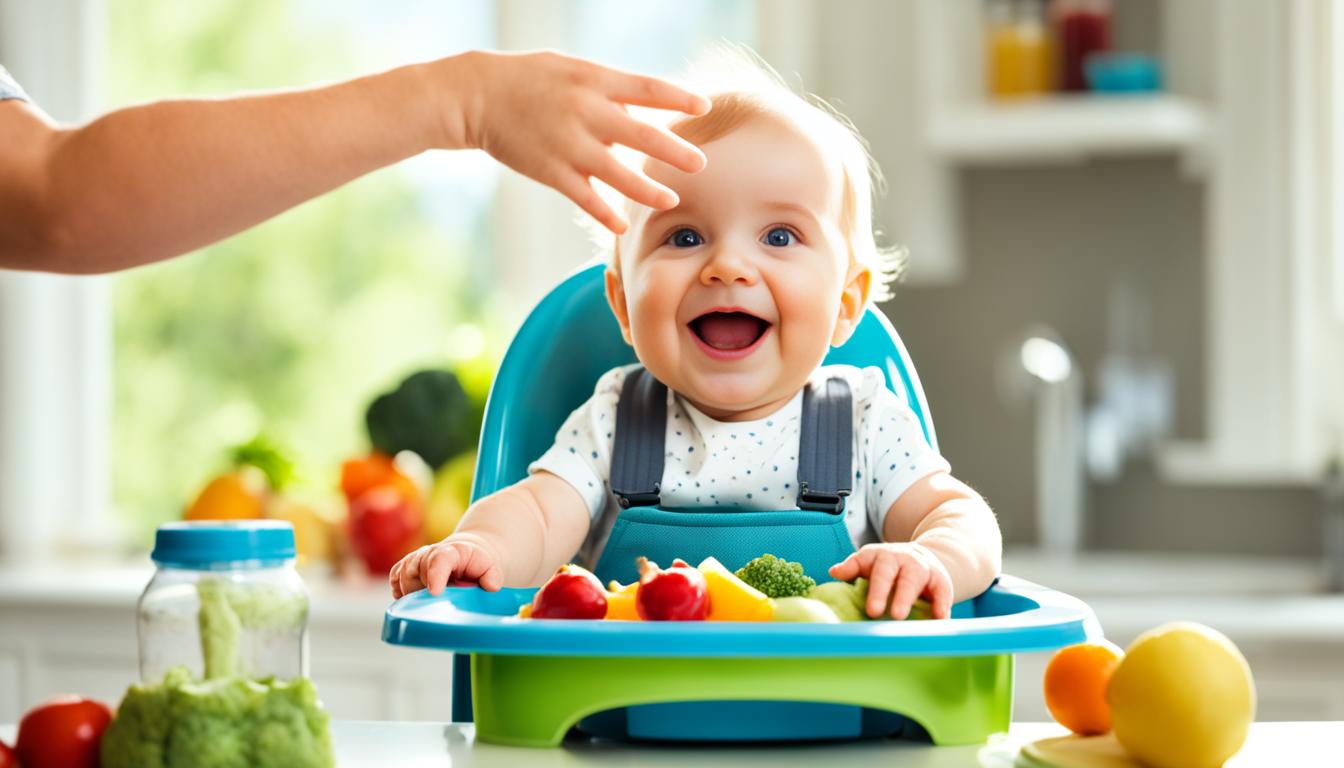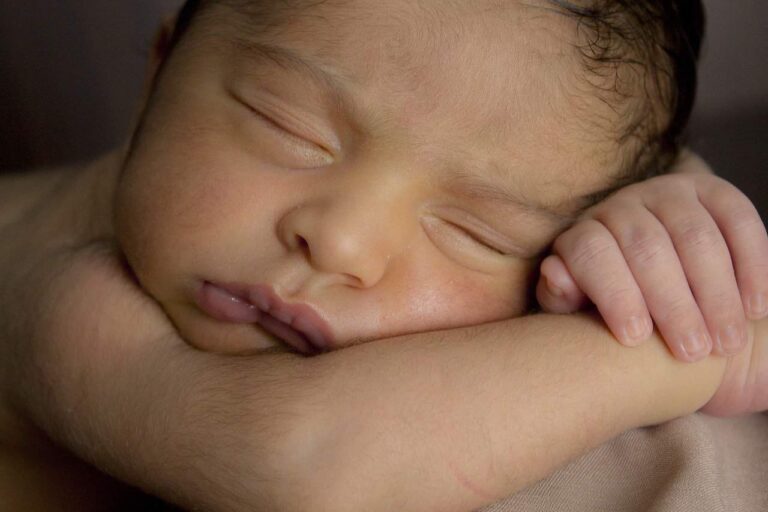Is Cornstarch Good for Diaper Rash: Treatment and Home Remedies
Diaper rash is a problem many babies and parents have to deal with. There are also plenty of home remedies and over-the-counter treatments for those nasty red rashes. (With some remedies being more effective than others.)
As a parent, you might have heard of other moms and dads using baby powder or cornstarch to get rid of diaper rashes. But are these treatment options safe for your baby?
Skip To The Following Sections
Why Do Babies Get Diaper Rash?
When we think of diaper rash, we think of damp skin and unchanged diapers. It is not hard to find these rashes on your baby’s skin. They usually appear as red, inflamed spots near your baby’s bottom. They can cause discomfort for your child.
Diaper rashes do not only affect babies. People of all ages who wear diapers can experience diaper rashes.
Babies usually get rashes after a long period of wearing soiled diapers. The friction caused by wearing a diaper can also lead to chafing. Babies who have sensitive skin are also more prone to get irritation.
Other reasons your baby is experiencing rashes include trying a new diaper brand, introducing your baby to a new food, or using antibiotics.
Why is Talc Powder No Longer Recommended?
Talc-based powders were the norm before when dealing with diaper rashes. However, many experts now warn against talc powder because of respiratory and dermatological risks.
Talc powder is deadly when accidentally inhaled. Researchers found that talc can cause severe damage to the respiratory system and even lead to death. There have also been accidents related to the misuse of talc powder among children.
Talc powder can also cause skin problems. Powder applied to broken skin can cause irritation and infection.
Talc powder is not recommended by the NIH. However, for parents who still buy baby powder, it is highly recommended to store the product somewhere kids cannot easily reach.
Is Cornstarch Good for Diaper Rash?
Cornstarch is a popular alternative to talc since it is just as moist-absorbent. But cornstarch is also not recommended for treating diaper rash. Similar to talc, cornstarch can cause respiratory problems if accidentally inhaled.
Cornstarch can also worsen diaper rash and cause candidal infections. Like talc powders, the NIH does not recommend cornstarch for diaper rashes.
Treatment for Diaper Rash
So what can I use for treatment for diaper rash? There are other products available on the market that are safe for babies. Besides powder, you can find ointments and cream that can ease diaper rash. (And you would not have to worry about your kid accidentally inhaling them!)
Products rich in zinc oxide are effective at fighting away rashes. Zinc oxide is an active ingredient in many rash-treatment products and can soothe and protect your baby’s skin. These products can come in as a cream, ointment, or paste. Petroleum jelly is also a good option if you cannot find products with zinc oxide on the label.
Be careful when using home remedies since some products might promote bacterial growth. You might also want to avoid applying creams or ointments on your baby if you notice any broken skin.
How Do I Avoid Diaper Rash in the Future?
Prevention is better than cure are words to live by. Diaper rashes will not come to your baby if you practice proper hygiene. A change in lifestyle can reduce your child’s risk of getting rash.
Always keep your baby’s diaper area clean and dry. We know that diapers can get very pricey. But you need to regularly change them once they get soiled. (Yes, that also means getting up in the middle of the night to check.)
Gently clean your baby’s bottom with warm water and pat it dry with a towel. Avoid rubbing the area since it might irritate the rashes more.
Going commando (your baby, not you!) also helps the skin heal. Cool air in the diaper region means bacteria and fungi will not grow easily. Just make sure to put their nappies back on sooner or later.
And speaking of their diaper: maybe the new ones you bought are not made for your baby’s skin. Changing products might cause diaper rashes.
And besides diapers, the food you feed your baby might also be the one triggering an allergic reaction. If the rashes refuse to go away, it might be time to book a visit to your pediatrician’s clinic. You might also want to take note of any other symptoms that pop up, like fever or upset stomach.
FAQ:
Can I use breast milk for diaper rash?
Treatment with breast milk showed mixed results. One study found breast milk can be a safe and effective treatment for diaper rash. There is no harm in trying this on your baby.
What illnesses cause diaper rash?
Bacterial or fungal infections can cause diaper rash. Bacteria and fungi thrive in moist, warm environments, and your baby’s diaper area is the perfect breeding ground.
What ingredients should I avoid when looking for treatment?
Avoid unknown, plant-derived ingredients when looking for rash treatment. Avoid baking soda, boric acid, camphor, and other plant-based ingredients like tea tree oil.
Conclusion
Diaper rashes affect millions of babies around the world, and people have many remedies to fix those annoying red blotches. Some remedies have worked for many, while others worsen the problem.
Talc powder and cornstarch are both common fixes back in the day. But more experts are against using them today because of their side effects on the lungs and skin. Many young children have been negatively affected by the use of powder-based treatment. Safer alternatives include creams and ointments rich in zinc oxide or petroleum jelly.
Diaper rashes are a pain to get rid of, though. So it is better to prevent it in the first place. Regularly keeping your baby clean by washing and changing their diapers frequently can reduce the chances of them contracting rashes.
Diaper rashes are not hard to treat. But who wants to see their baby crying from discomfort? So as early as now, keep their bottoms clean and rash-free!










